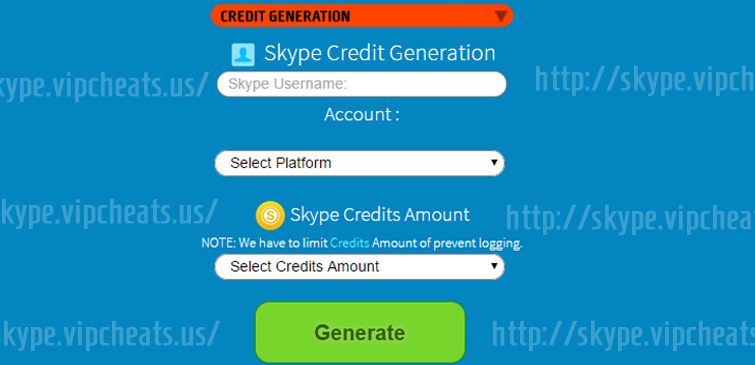
This is hard to know – but rest assured there are steps you can take to give yourself a better chance.īy David Cook, Lecturer, Computer and Security Science,Edith Cowan University, Edith Cowan University When it comes to using webcams, you may wonder if you’re ever completely safe. Don’t share your password (including your home wifi password), don’t click suspicious links, and routinely clear your devices of unnecessary apps.
#SKYPE PASSWORD HACK NO VIRUS SOFTWARE#
Also, make sure your antivirus and operating system software is regularly updated. “Cyberhygiene” practices will help secure you from potential attacks.Īlways use secure passwords, and avoid recycling old ones with added numbers such as “Richmond2019”, or “Manutd2020”. Such protections are void for most of us when working from home.

We trust our authorised tech support people, but you shouldn’t extend that trust to a “friend” you hardly know offering to use their own remote support software to “help you” with a problem.Īt work you may have firewalls, antivirus, and intrusion detection systems provided by your company. Genuine remote tech support usually comes from your retail service provider (such as Telstra or Optus). Hacking a person’s Facebook account is a breach of privacy and quite serious security. Hack Facebook Account without Survey using mSpy FB Hacking Tool. The first is known as an RAT (Remote Administration Tool) and the second takes place through false “remote tech support” offered by malicious people. By hacking children’s FB account, you can protect them from the dangers of cyber attacks, online bullying and bad influences. There are two common acquisition techniques used in camfecting attacks. Some hacks are acts of corporate espionage, while others are the business of government intelligence agencies. They often involve tech-savvy corporate groups carrying out intelligence gathering and covert image capturing. Most genuine webcam hacks are targeted attacks to gather restricted information. Many victims pay up in fear of being publicly exposed. Shaming people for “inappropriate” webcam use in this way is a scam, one which generates considerable ransom success. Even Mark Zuckerberg has admitted he covers his webcam and masks his microphone. In this case, the device can be woken by a cybercriminal, and the camera turned on. However, many of us keep our laptops in hibernation or sleep mode ( which are different). When your laptop is turned off its webcam can’t be activated. In fact, research has suggested globally there are more than 15,000 web camera devices (including in homes and businesses) readily accessible to hackers, without even needing to be hacked. Many of our device cameras remain unsecured.

They do this by disabling the “on” light which usually indicates the camera is active – so victims are none the wiser. This is when hackers take control of your webcam remotely. Unfortunately, this privilege can leave us vulnerable to an online attack known as camfecting. Most of us have a camera built into our phone, tablet, laptop, or a desktop webcam we use for work, study or virtual socialising. This advertisement has not loaded yet, but your article continues below.


 0 kommentar(er)
0 kommentar(er)
